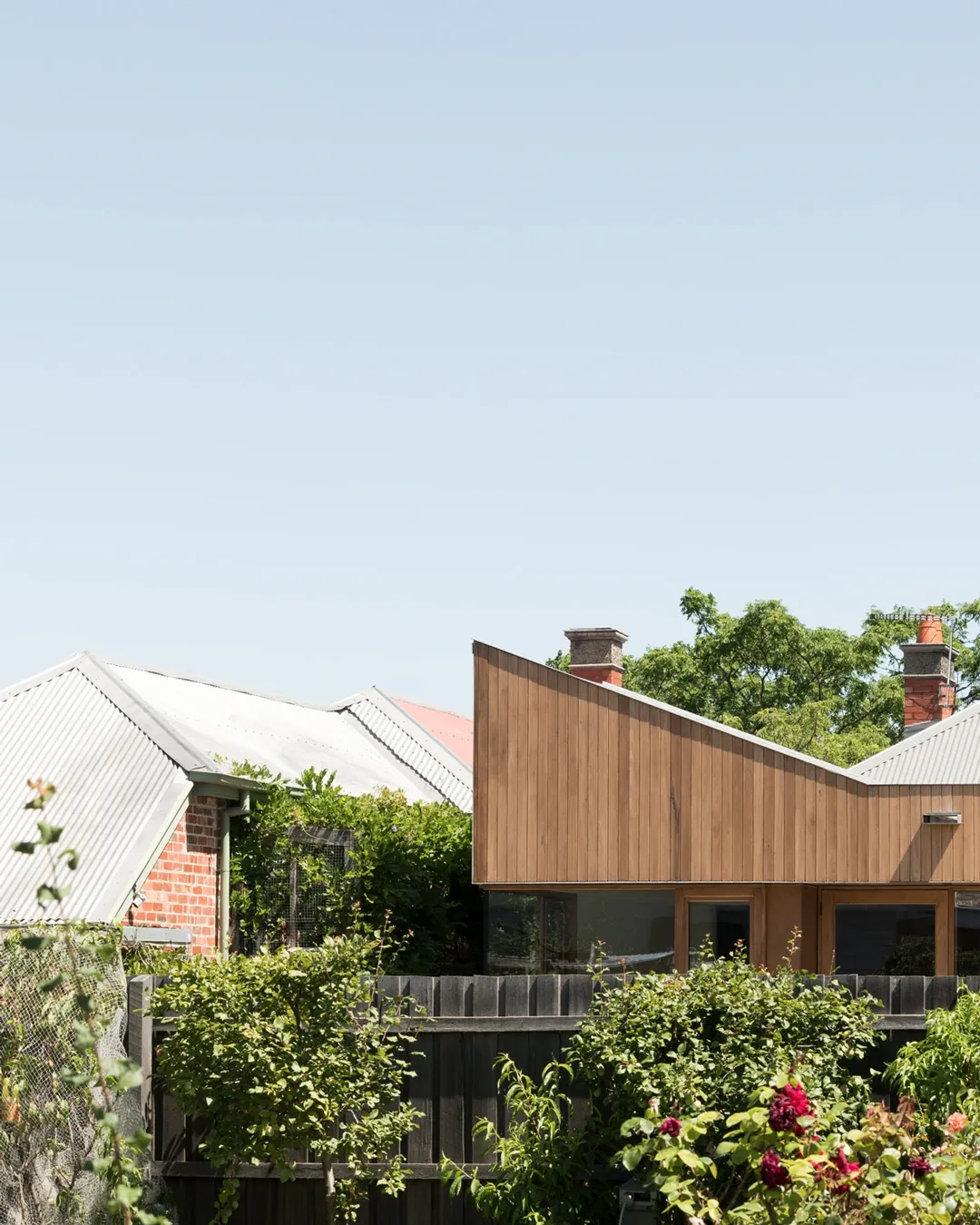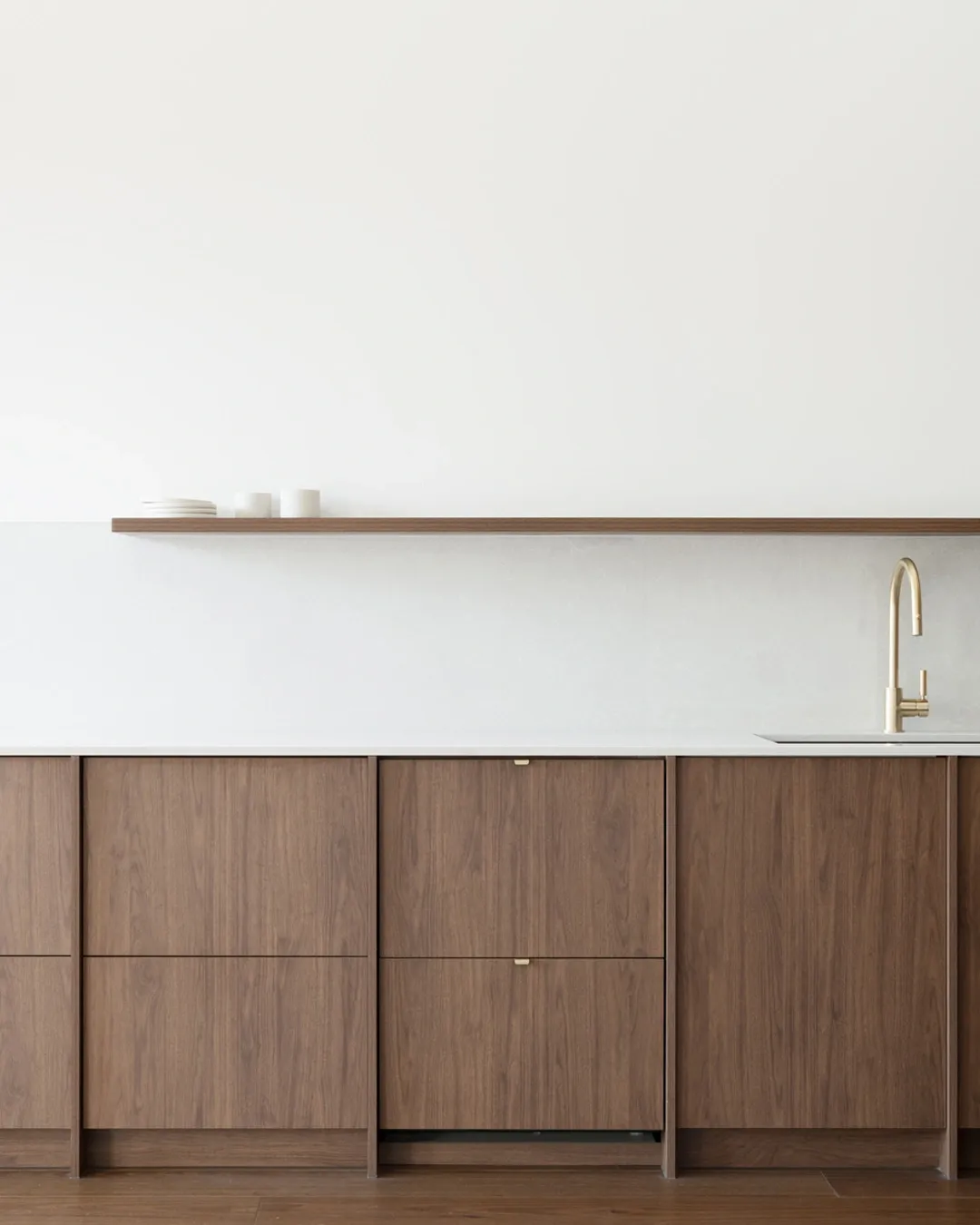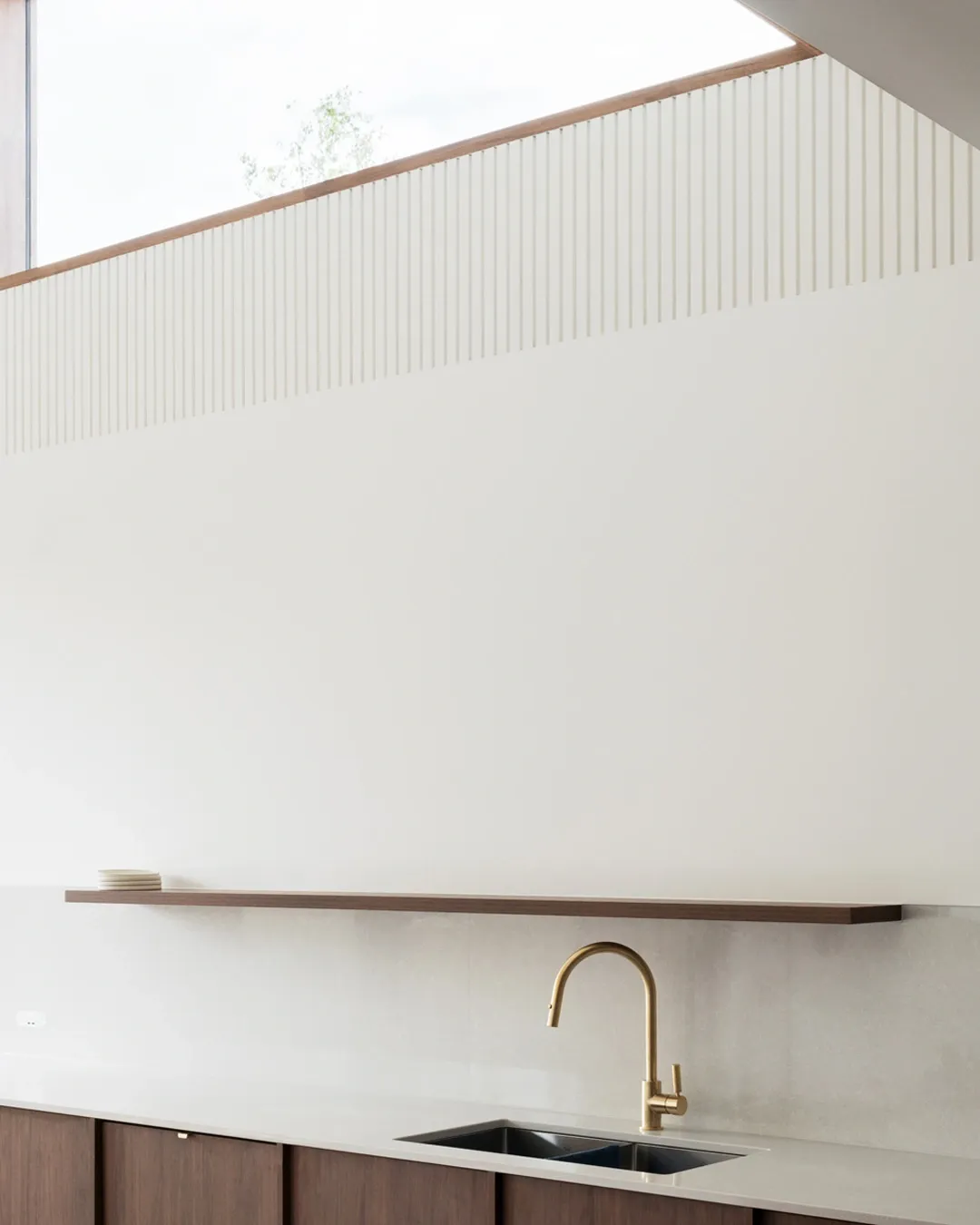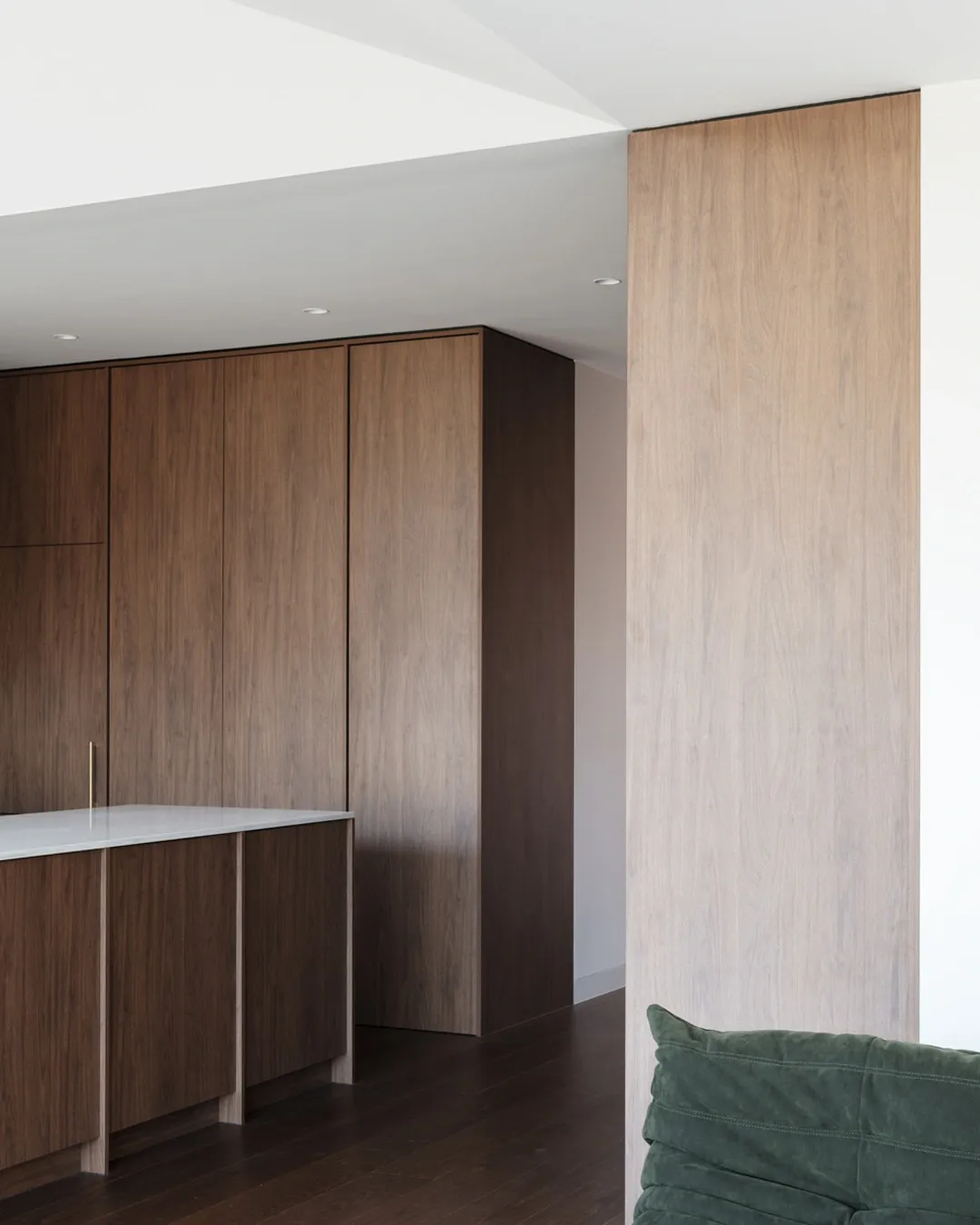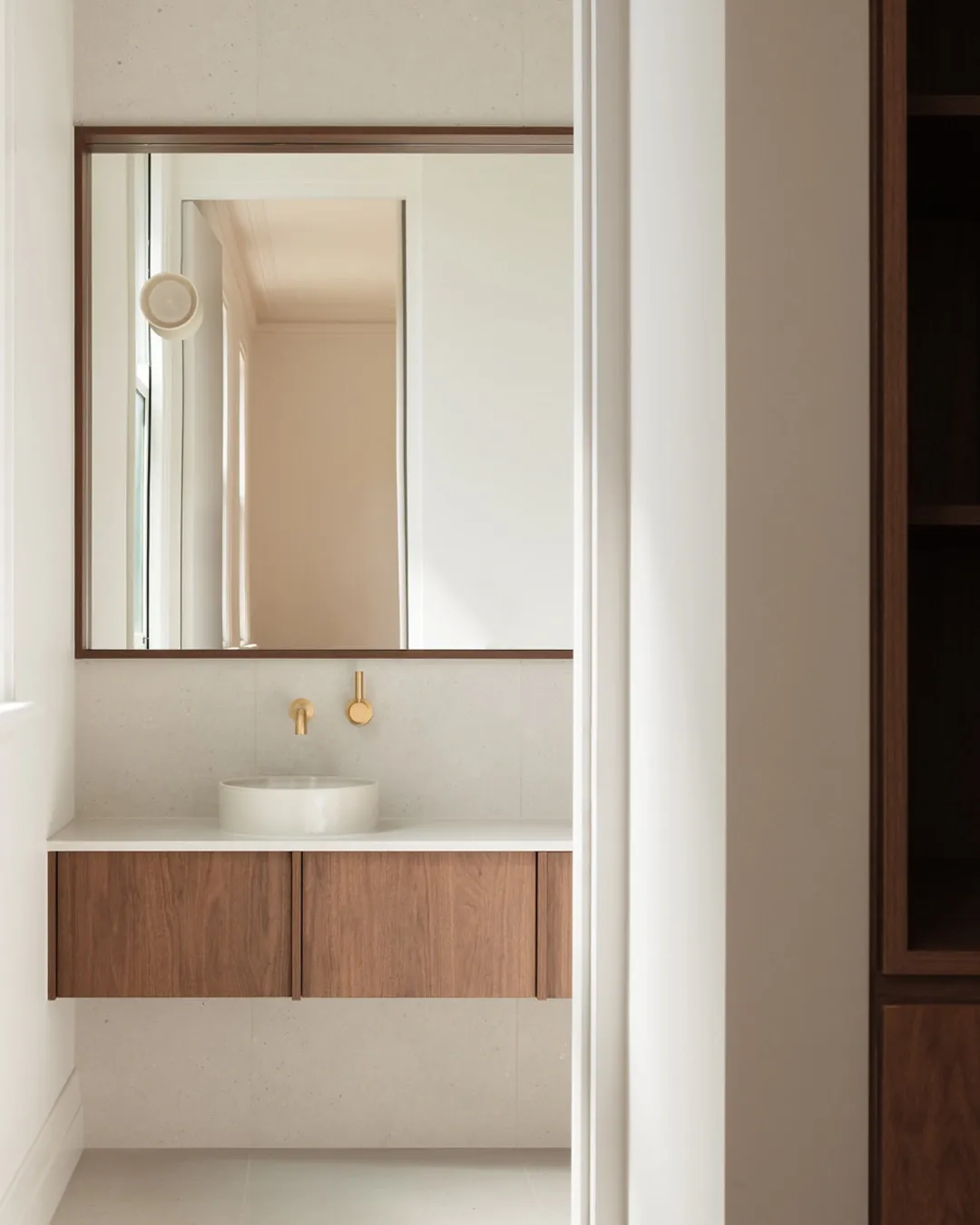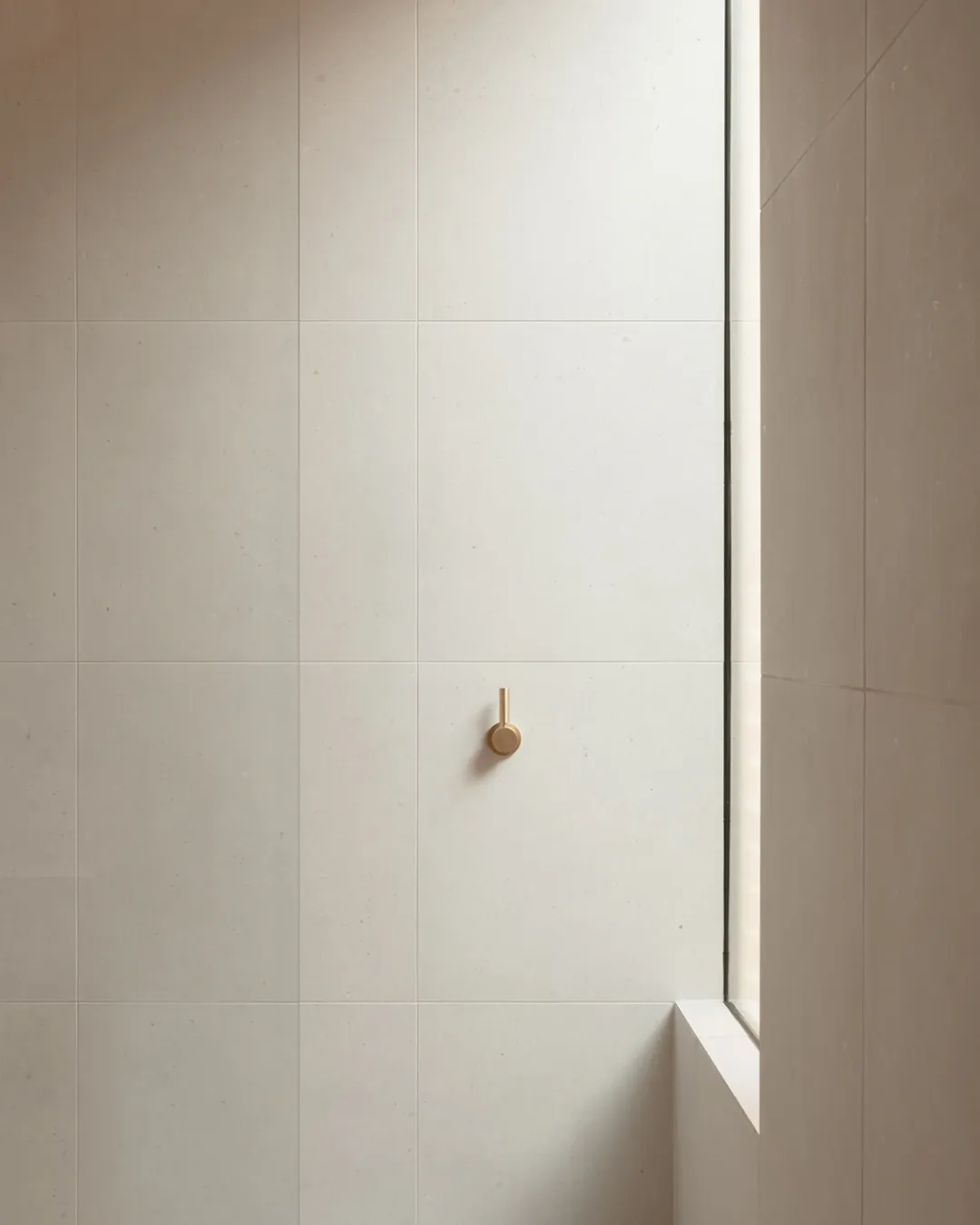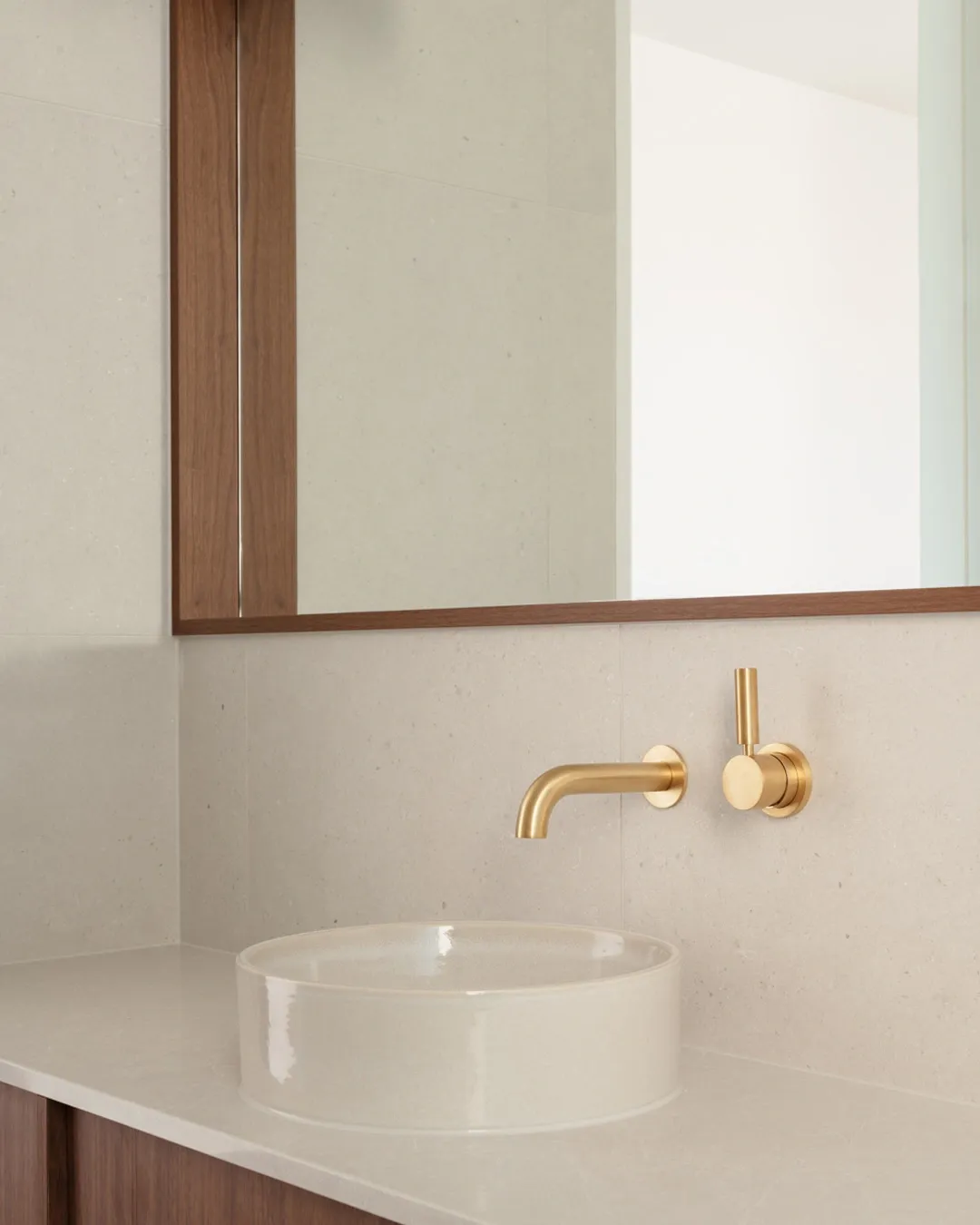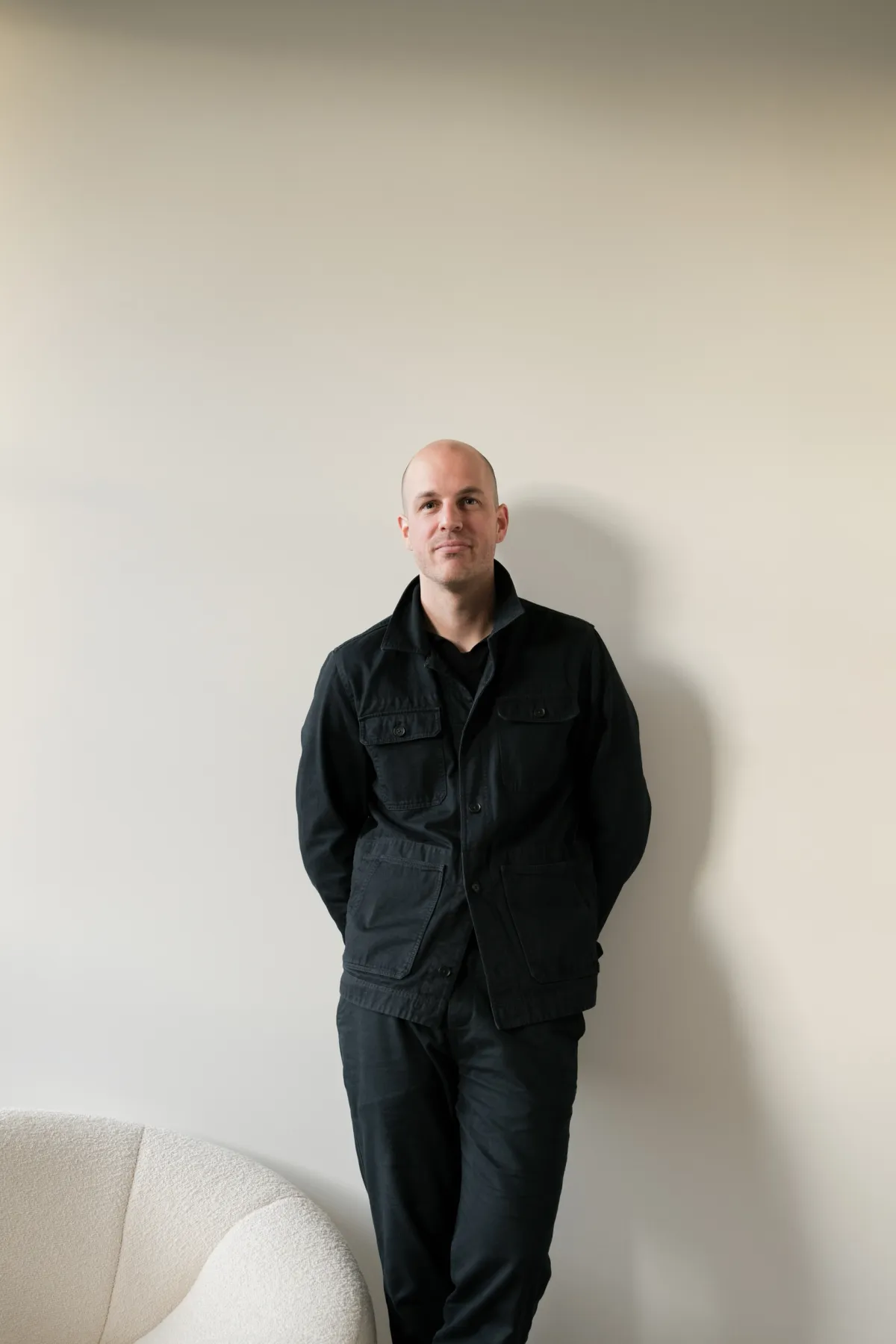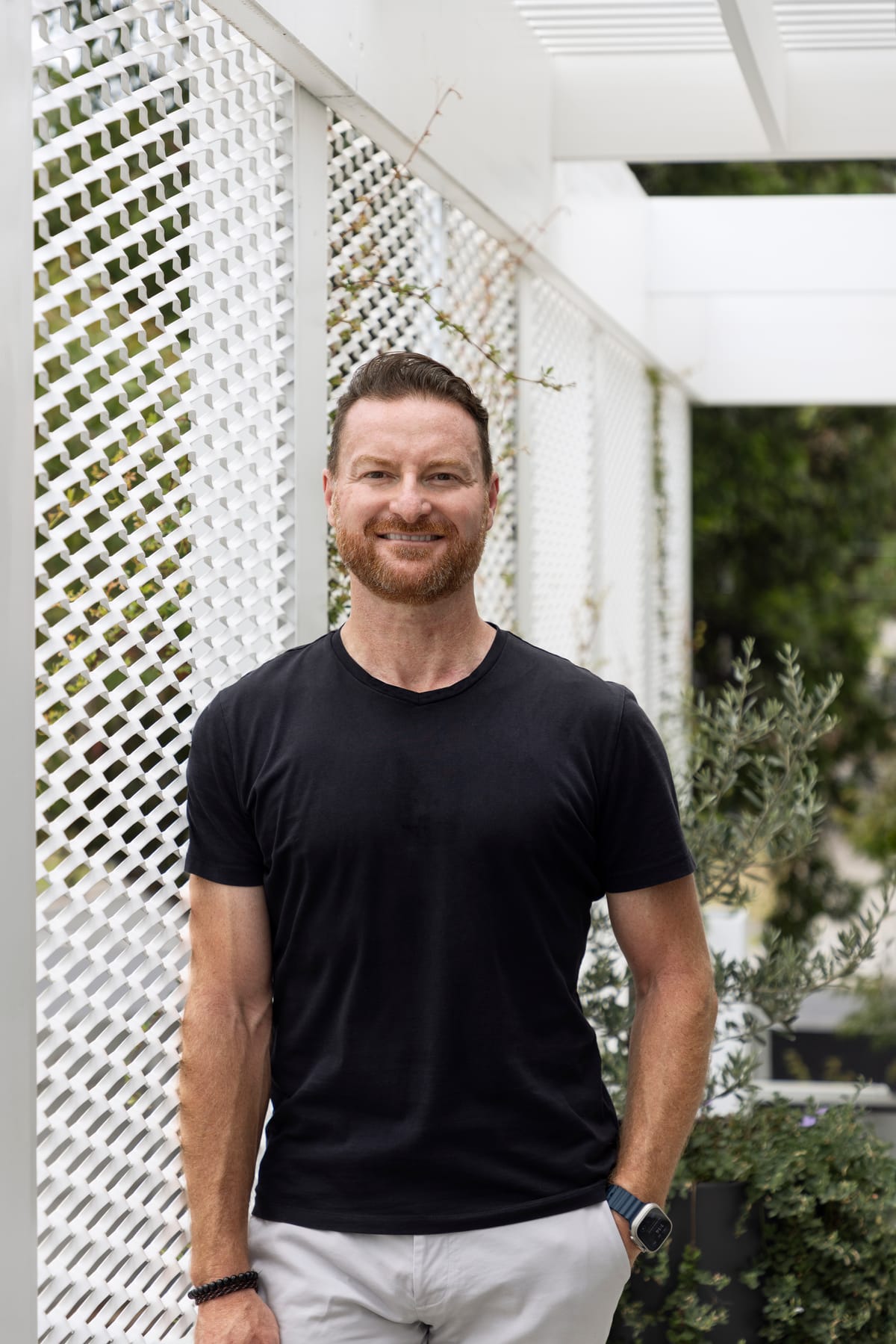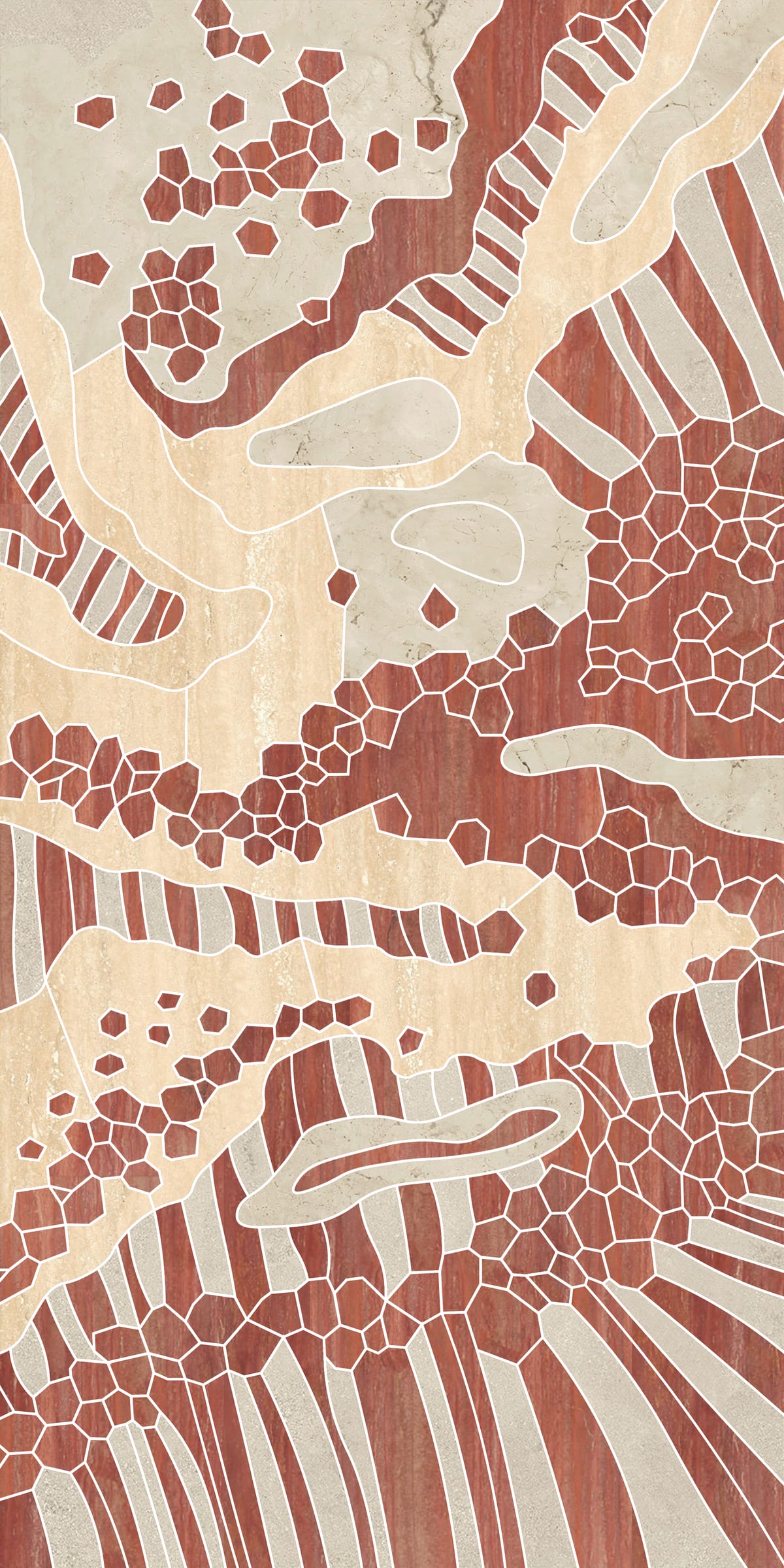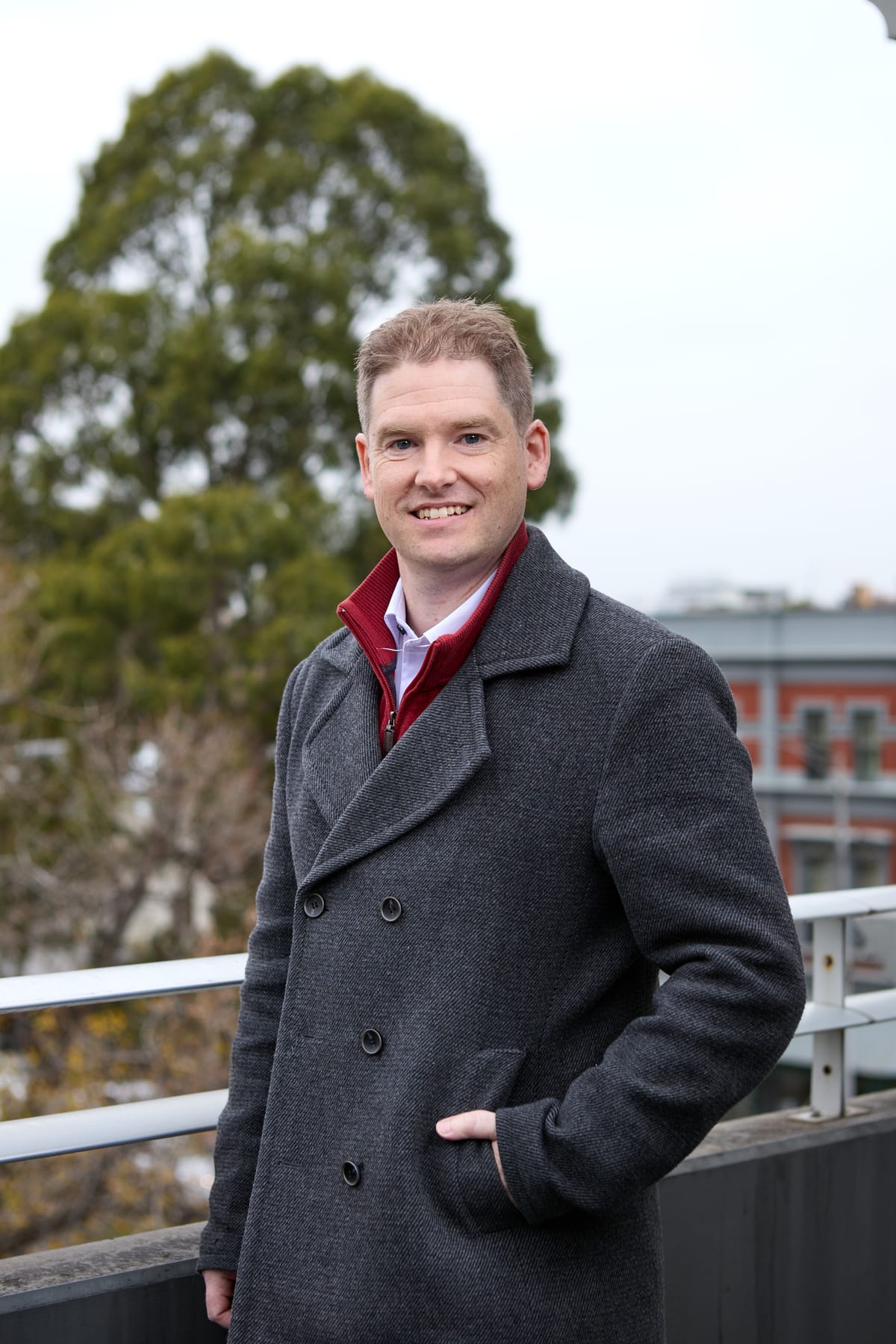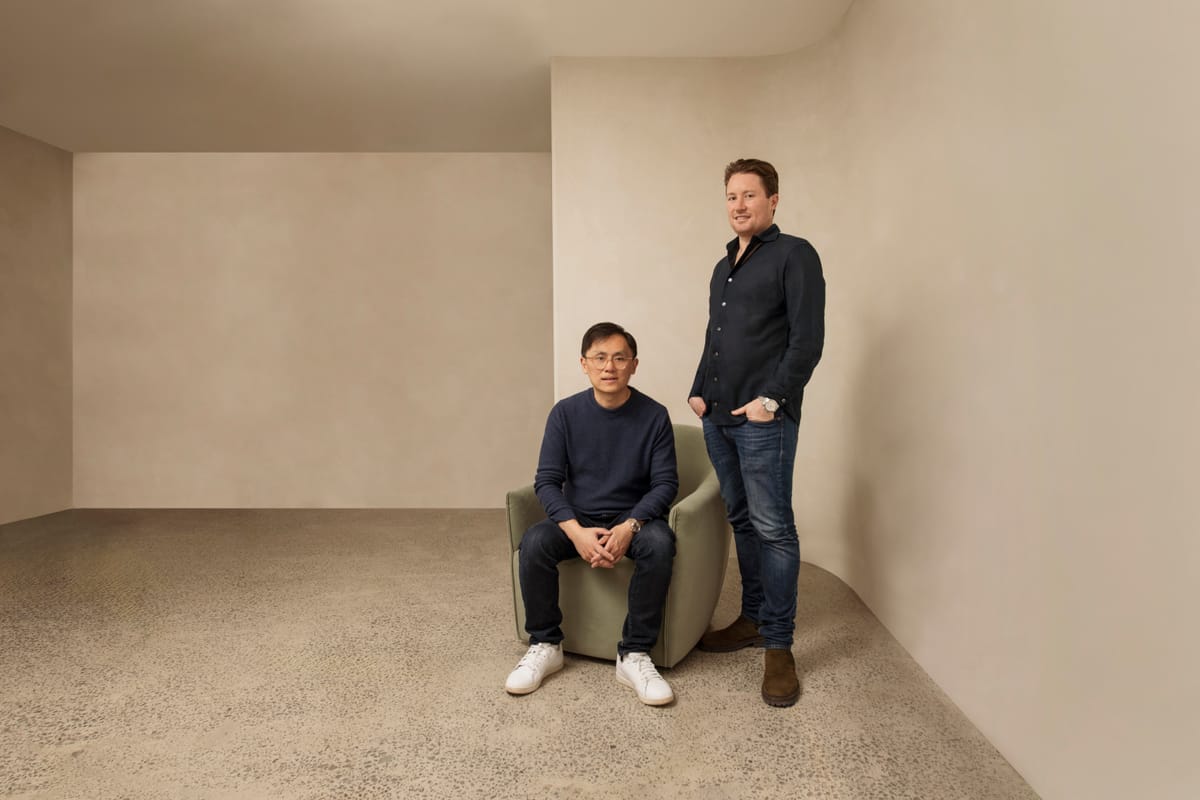Words by Michael Mckeon Architecture
Why did you choose architecture as a career?
From a fairly young age I loved drawing and using visual mediums to communicate ideas. I remember discovering house plans and being fascinated by various ways of connecting spaces. Working in plan and section felt like both solving a puzzle and an opportunity to create something unique. Architecture seemed like the perfect fit to merge creativity with problem solving.
The more I learnt, the more I became intrigued and wanted to test my own creativity and rationality. I discovered the balance between beauty and functionality. Spaces that provoke feelings but also meet the needs of the people who use them. I fell in love with this balance. And it’s an ongoing pursuit..
The practice of architecture is constantly evolving. It requires you to keep up-to-date on new technologies, materials and building techniques. There is always something new to learn and it keeps work fresh and exciting. Architecture is a field that allows and encourages for a great deal of creativity and individuality, which is something that I value deeply.
Where was your first architecture job?
After graduating from the bachelor's degree and before starting my Master's, I took a year off of study to work full-time in a firm.
I wanted to put everything I had learnt at university into practice. More importantly though, I wanted to understand the full process of a project from inception to completion. This taught me the importance of communication. Not only communication with clients, consultants and builders but more so communicating through drawings. Making sure drawings are clear, legible and show their intent.
A well documented set of drawings is an art. It’s a skill that needs to be learnt. Your first job in practice should teach you this. Make it your priority to understand drawings and seek out mentors to help you.
Best piece of advice you could give to job seekers who are currently looking / applying for roles?
Take your time to find the right studio for you. Think about what type of projects you want to work on and think about where you want your career to take you. What do you want to be doing in one year? What about five? What about 10?
Different studios will provide you with different experiences. None are necessarily better than others but they will be differ and they could influence the trajectory of your career.
For example, a large practice might expose you to sizeable projects. This means working in big teams and collaborating with a lot more consultants than you may do in a small firm. This is great experience in understanding team and project management.
On the other hand, a small studio focussing on residential projects will open up different opportunities. You’re more likely to work on multiple projects and various stages of each. You may be given more responsibility and have more ownership of drawings.
There are pros and cons of each. Take your time to think about where you want to start and apply for the jobs that fit.
The biggest mistake you see applicants make with their job applications?
I’ll give two answers to this because they’re both very common. The first is on the tail end of the advice above. Know the practice and the job you are applying for. Tailor your application to suit for the practice and the role.
If you want to work in a large practice on big projects, then draft your cover letter to suit that. Study their work and tell them why you want to work for them and on those projects. Make sure you have the skills they’re looking for. If not, make a point to explain that you’re learning. Tailor your portfolio to be similar to the type of work they do. You may not have all the skills yet or have worked on similar projects. But you can make an effort to study their work and show that you’re learning and passionate about that type of work.
The best applications I’ve received are the ones that have really made an effort to understand our work and you can tell they want to be a part of our team. They address the type of projects we work on and show that they have the skills we’re looking for.
The second piece of advice I can give would be to criticise and reduce your own portfolio. Most applicants will submit 40-50 page portfolios that are filled with imagery, text, plans, sketches, etc. This can be overwhelming when reviewing multiple applications. It takes too long to go through every portfolio in detail so make an impact quickly. I would recommend reducing the portfolio to a couple key projects showing some hero images, a very small amount of text and a page of plans, sections or details (if suitable). A clean portfolio is easy to digest and can be quite memorable.
Don’t be afraid of white space.
